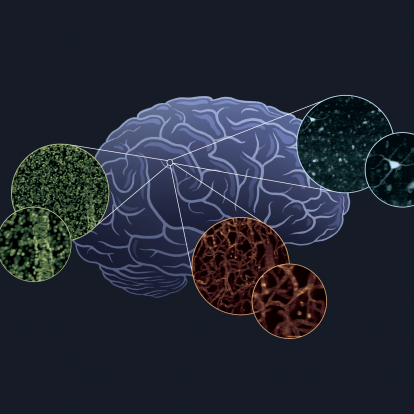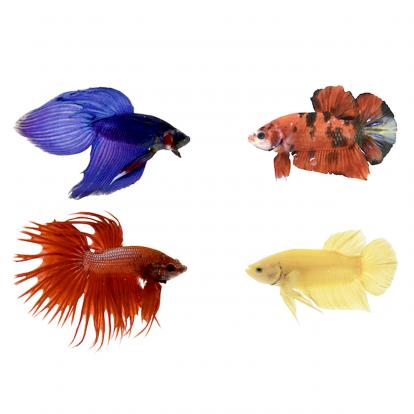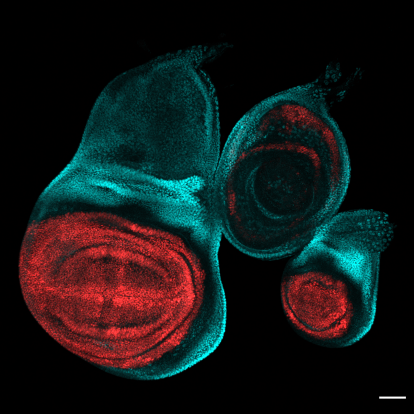Evolution
Finding the Brainy Genes That Make Us Human

From the lab of Franck Polleux, PhD, Columbia's Zuckerman Institute
You have a complex brain compared to most animals on the tree of life.
How your brain got to be that way — and just how special it is — remains much of a mystery. The evolutionary history of the brain, from the simplest ones that emerged hundreds of millions of years ago, to Einstein’s unique cerebrum, is still be written.
Researchers at Columbia’s Zuckerman Institute have a keen interest in how our brains are similar to those of other animals, and how they are different. Do humans have special genes that shape our brains in special ways? Or do creatures that look very different — humans and flies, for instance — have similar DNA controlling their brain development? And why do people behave differently from mice or worms in the first place?
To investigate evolution, we build new tools to study the behaviors of diverse creatures, and to investigate how genes shape the architecture of brains big and small. In addition to uncovering the origins of our ability to think creatively or solve complex problems, our work in this area has led to surprising findings that may further efforts to treat diseases like autism.
Explore Evolution
Evolution in the News

How Evolution Repurposed a Bone Gene for Brain Development
November 10, 2016

The 'Unique Properties' of Human Attention
July 13, 2015

Nerve Cells That Go Out on a Limb Show How the Ability to Tweet Evolved
February 14, 2017
Discover the power of your support.
Seed the discoveries that make a difference.







